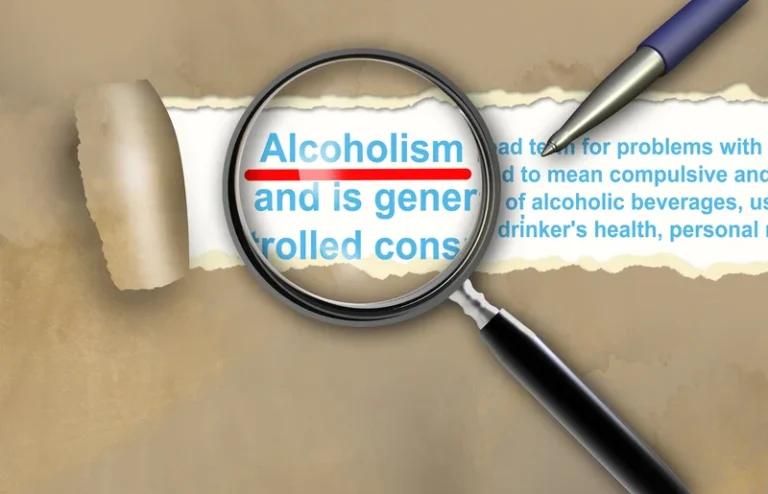
Furthermore, some authors have reported referring patients to drug rehabilitation programs in an attempt to raise the likelihood of long-term cannabis cessation [54,71]. Studies have demonstrated the efficacy of outpatient treatment options such as cognitive behavioral therapy and motivational enhancement therapy for marijuana dependence [73]. Compulsive hot water bathing can be an important marker for the diagnosis of CHS [5]. Conditions can overlap or mask CHS including cyclic vomiting syndrome, eating disorders, or drug-seeking behavior [44].
What are the symptoms of cannabis hyperemesis syndrome?
- Since the only treatment is the removal of the offending agent, accurate diagnosis is the only portal to actual management.
- Research is ongoing on the exact way that cannabis triggers this problem.
- Understanding the ECS and its effects on the vomiting center of the brain are fundamental to explain the effect of cannabis for this biphasic response [21].
- If you need help quitting, ask your doctor whether a drug rehabilitation program is a good fit for you.
Since its symptoms are easily confused with other conditions, it can take about one to two years before people who seek medical help with CHS get an accurate diagnosis. https://ecosoberhouse.com/ (CHS) is a rare problem that causes constant vomiting. In the brain, the cannabinoid system helps regulate several aspects of the endocrine system. CB1 receptor activation in the hypothalamus and pituitary gland results in modulation of all hypothalamic-pituitary axes [38]. Receptor activation leads to inhibitory effects on the release of growth hormone, thyroid hormone, prolactin, and luteinizing hormone [38].
CHS Symptoms

An intriguing point to keep in mind is that the Rome IV criteria include the phrase “resembling cyclical vomiting syndrome.” In that regard, it is important to distinguish between the two. Per the Nelson Textbook of Pediatrics, cyclic vomiting syndrome is defined by having sudden onset episodes of vomiting, having at least four bouts of vomiting per hour, and often having 12 to 15 episodes of vomiting per day. These episodes of vomiting are often separated by weeks or months, and there is a return to baseline between episodes. Importantly, for the definition of cyclic vomiting syndrome, these episodes of vomiting cannot be attributed to other disorders.
What causes cannabis hyperemesis syndrome?

Some researchers have published their findings from their personal experience with the condition in clinical journals. In this article, we describe CHS and discuss the causes, symptoms, diagnosis, and treatment of the condition. Corroborative themes were identified, and the authors responsible for the contributing research were cited appropriately. All additional sources added to the literature search were referenced in the article. The Cochrane Risk of Bias Tool was used to assess the risk of bias in RCTs found in Table Table3.3.

The CHS diagnostic criteria consist of those essential for diagnosis (long-term cannabis use), major features, and supportive features of CHS (see box, Proposed Clinical Diagnostic Criteria for cannabinoid hyperemesis syndrome). These diagnostic criteria can aid clinical pharmacists in the evaluation of patients presenting with cyclic vomiting with no obvious organic cause and a history of repeated ED visits for the same condition. The third phase is the recovery phase, which is a return to normal behavior. With the changing climate of marijuana laws, it is an important condition to consider when establishing a differential. More studies will be required to evaluate the overall prevalence of this condition as well as if there are any changes following the liberalization of marijuana laws in many states.
What are the symptoms?
Cannabinoid Hyperemesis Syndrome (CHS): Causes, Symptoms, Treatment
- CHS was reported for the first time in 2004, and since then, an increasing number of cases have been reported.
- In animal studies mice lacking CB1 receptors demonstrate enhancement in circadian HPA axis activity peaks and impairment in glucocorticoid feedback [39].
- It should be noted that the evidence for benzodiazepine use in CHS is limited, as there was only 1 case study reported with only 4 patients who experienced N/V relief after administration of benzodiazepines [29].
- They may increase their use of cannabis due to their belief in its beneficial effects in nausea relief.
- CHS is a potential side effect of prolonged cannabis use, causing major distress to consumers.
- However, our understanding of its effects has unfolded significantly over the last 3 decades.
Pathological bathing behavior
- Unfortunately, many of these patients relapse upon resuming cannabis [6,59,61,62].
- These advances enhanced the understanding of cannabinoid (CB) receptors, which led to a better appreciation of the role of cannabis in inflammation, seizures, emesis, and as an appetite stimulant.
- The only treatment known to cure CHS is to stop using cannabis and not resume its use.
- To lower the morbidity, CHS is best managed by an interprofessional team.
- Such genetic variations have yet to be studied in patients diagnosed with CHS and represent an area for future research.





 115 N 3rd St Sterling, CO 80751, USA
115 N 3rd St Sterling, CO 80751, USA